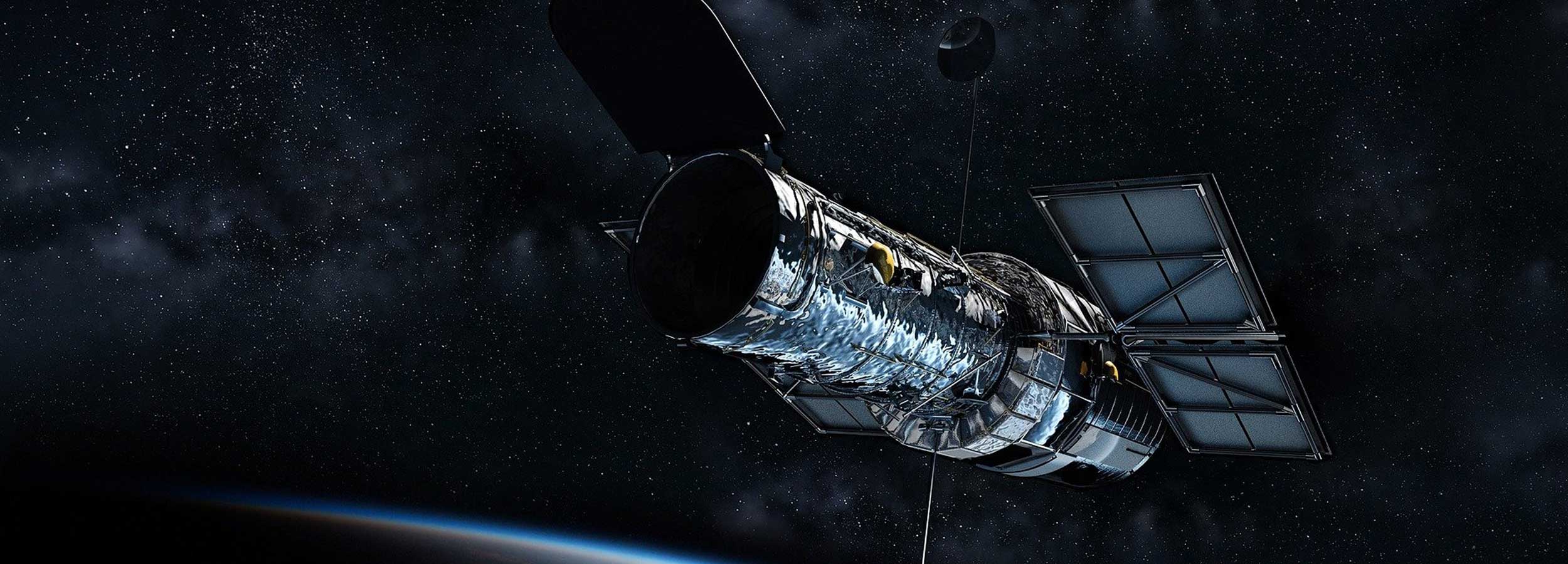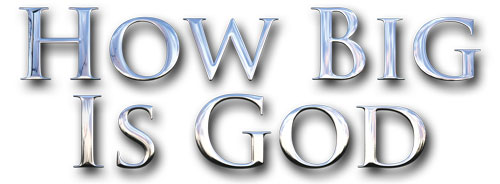
WHAT IS THE HUBBLE SPACE TELESCOPE?
What is the Hubble Space Telescope?
The Hubble Space Telescope (HST) is a space telescope that was carried into orbit by the Space Shuttle Discovery in April 1990. It is named after the American astronomer Edwin Hubble. Although it is not the first space telescope, the Hubble is one of the largest and most versatile, and is well-known as both a vital research tool and a public relations boon for astronomy. The HST is a collaboration between NASA and the European Space Agency, and is one of NASA's Great Observatories, along with the Compton Gamma Ray Observatory, the Chandra X-ray Observatory, and the Spitzer Space Telescope.
The Hubble is the only telescope ever designed to be serviced in space by astronauts. To date, there have been four servicing missions. Servicing Mission 1 took place in December 1993 when Hubble's imaging flaw was corrected. Servicing missions 2, 3A, and 3B repaired various sub-systems and replaced many of the observing instruments with more modern and capable versions. However, following the 2003 Columbia Space Shuttle disaster, the fifth servicing mission was canceled on safety grounds. After spirited public discussion, NASA reconsidered this decision, and administrator Mike Griffin gave the green light for one final Hubble servicing mission. This was planned for October 2008, but in September 2008, another key component failed. The servicing mission has been postponed until May 2009 to allow this unit to be replaced as well.
The planned repairs to the Hubble should allow the telescope to function until at least 2013, when its successor, the James Webb Space Telescope (JWST), is due to be launched. The JWST will be far superior to Hubble for many astronomical research programs, but will only observe in infrared, so it would complement (not replace) Hubble's ability to observe in the visible and ultraviolet parts of the spectrum.
Construction and Engineering
Once the Space Telescope project had been given the go-ahead, work on the program was divided among many institutions. Marshall Space Flight Center (MSFC) was given responsibility for the design, development, and construction of the telescope, while the Goddard Space Flight Center was given overall control of the scientific instruments and ground-control center for the mission. MSFC commissioned the optics company Perkin-Elmer to design and build the Optical Telescope Assembly (OTA) and Fine Guidance Sensors for the space telescope. Lockheed was commissioned to construct the spacecraft in which the telescope would be housed.
Spacecraft Systems

Click to zoom
While construction of the spacecraft in which the telescope and instruments would be housed proceeded somewhat more smoothly than the construction of the OTA, Lockheed still experienced some budget and schedule slippage, and by the summer of 1985, construction of the spacecraft was 30% over budget and three months behind schedule. An MSFC report said that Lockheed tended to rely on NASA directions rather than take their own initiative in the construction.
Initial Instruments
When launched, the HST carried five scientific instruments: the Wide Field and Planetary Camera (WF/PC), Goddard High Resolution Spectrograph (GHRS), High Speed Photometer (HSP), Faint Object Camera (FOC) and the Faint Object Spectrograph (FOS). WF/PC was a high-resolution imaging device primarily intended for optical observations. It was built by NASA's Jet Propulsion Laboratory, and incorporated a set of 48 filters isolating spectral lines of particular astrophysical interest. The instrument contained eight CCD chips divided between two cameras, each using four CCDs. The "wide field camera" (WFC) covered a large angular field at the expense of resolution, while the "planetary camera" (PC) took images at a longer effective focal length than the WF chips, giving it a greater magnification.

Click to zoom
The final instrument was the HSP, designed and built at the University of Wisconsin–Madison. It was optimized for visible and ultraviolet light observations of variable stars and other astronomical objects varying in brightness. It could take up to 100,000 measurements per second with a photometric accuracy of about 2% or better.[32]
HST's guidance system can also be used as a scientific instrument. Its three Fine Guidance Sensors (FGS) are primarily used to keep the telescope accurately pointed during an observation, but can also be used to carry out extremely accurate astrometry; measurements accurate to within 0.0003 arcseconds have been achieved
Using the Telescope
Anyone can apply for time on the telescope; there are no restrictions on nationality or academic affiliation. Competition for time on the telescope is extremely intense, and the ratio of time requested to time available (the oversubscription ratio) typically ranges between 6 and 9.

Click to zoom
Astronomers may make 'Target of Opportunity' proposals, in which observations are scheduled if a transient event covered by the proposal occurs during the scheduling cycle. In addition, up to 10% of the telescope time is designated Director's Discretionary (DD) Time. Astronomers can apply to use DD time at any time of year, and it is typically awarded for study of unexpected transient phenomena such as supernovae. Other uses of DD time have included the observations that led to the production of the Hubble Deep Field and Hubble Ultra Deep Field, and in the first four cycles of telescope time, observations carried out by amateur astronomers.
Successors
There are two main space telescopes that are claimed to be successors to Hubble, as well some that lay claim to higher optical achievements.
The Advanced Technology Large-Aperture Space Telescope (ATLAST) is a proposed 8 to 16-meter (320 to 640-inch) optical space telescope that if approved, built, and launched, would be a true replacement and successor for the Hubble Space Telescope (HST); with the ability to observe and photograph astronomical objects in the optical, ultraviolet, and Infrared wavelengths, but with substantially better resolution than the Hubble.
The James Webb Space Telescope (JWST) is a planned infrared space observatory, and lays claim to being a planned successor of Hubble. The main scientific goal is to observe the most distant objects in the universe, beyond the reach of existing instruments. JWST is a NASA-led international collaboration between NASA, the European Space Agency and the Canadian Space Agency. Formerly called the Next Generation Space Telescope (NGST), it was renamed after NASA's second administrator, James E. Webb, in 2002. The telescope's launch is planned for no earlier than June 2013. It will be launched on an Ariane 5 rocket.
Other related subjects include the Hubble Origins Probe. Also one of the backup mirrors for the HST is being used for the 2.4-meter SINGLE Telescope at the Magdalena Ridge Observatory. Some Extremely Large Telescopes, and existing telescopes are noted for their planned or existing abilities to surpass Hubble, however "often ask whether AO on large ground-based reflectors makes Hubble and other space telescopes obsolete. The answer is no, for several reasons. First, most AO systems sharpen the view over a very narrow field. Lucky Cam, for example, produces crisp images just 10" to 20" wide, whereas Hubble's cameras are super sharp across a 2½' (150") field. Second, space telescopes can study the heavens across the entire electromagnetic spectrum, most of which is blocked by Earth's atmosphere. And third, the background sky is darker in space than on the ground, because air absorbs solar energy during the day and then releases it at night, producing a faint — but nevertheless discernible — airglow that washes out faint, low-contrast astronomical objects.
-------------
Most of the content on this page was taken from the Wikipedia. The original article page can be found here.
SPACE EXPLORATION ARTICLES:
MOST POPULAR LINKS:
ADDRESS:
4th Day Alliance
1908 E Osceola Pkwy #222
Kissimmee, FL 34743
(689) 888-7944
4th Day Alliance
1908 E Osceola Pkwy #222
Kissimmee, FL 34743
(689) 888-7944

